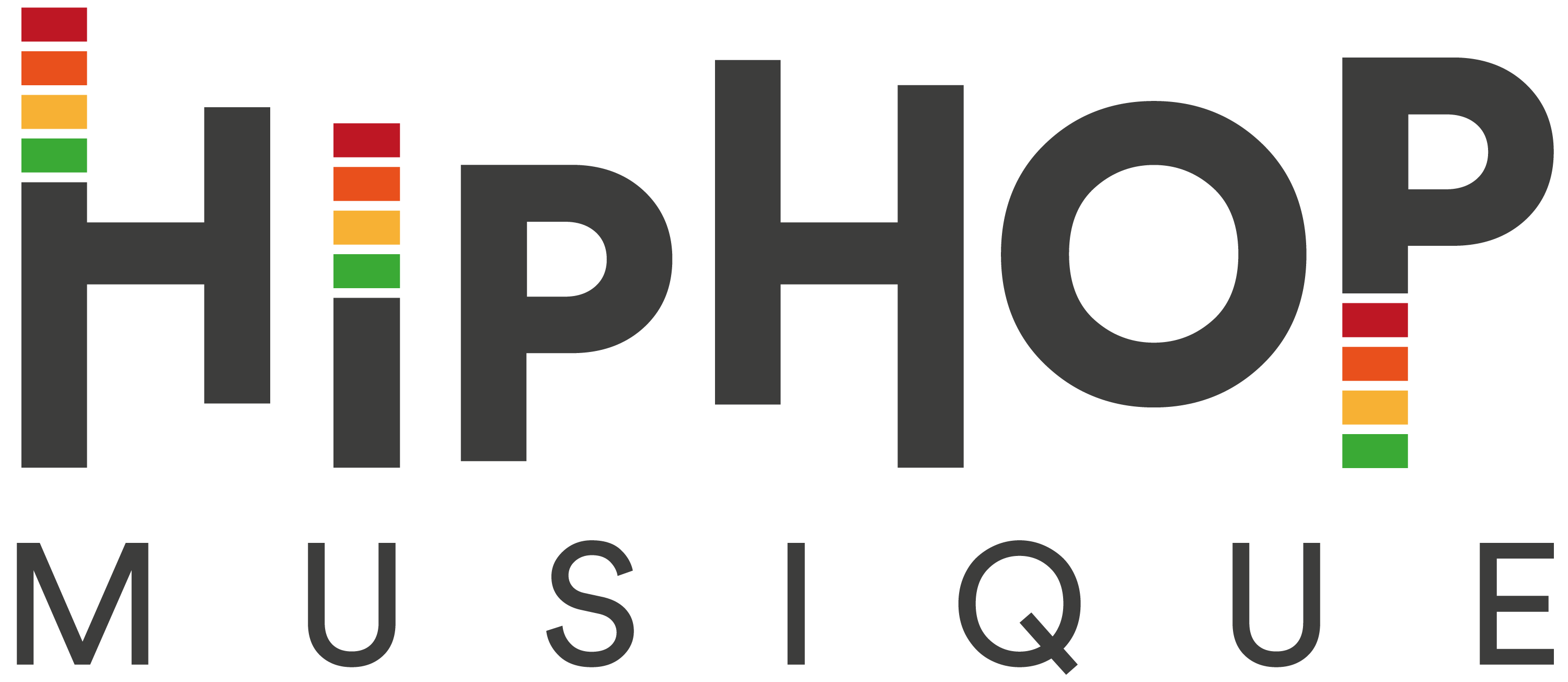Nous sommes HiphopMusique, notre station de radio est située au 1085 À Saint Denis Montréal Québec Canada.
Notre mission est de faire la promotion des artistes québécois francophones et anglophones.
visitez notre webtv au www.HiphopMusique.tv
Buat daftar putar Anda sendiri
Bagikan musik dengan teman & keluarga
Simpan favorit Anda
4796824372433055
Account number / IBANAntoian Kordiyal
Account nameTGBATRISXXX
Routing codeUnited States
CountryUnggah Tanda Terima
Apakah Anda yakin ingin membeli tiket?

